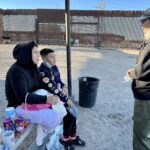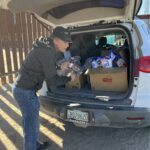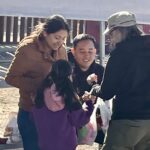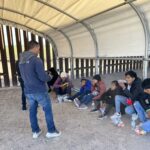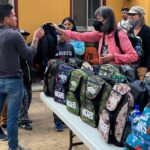What actually goes on at the “border wall”?
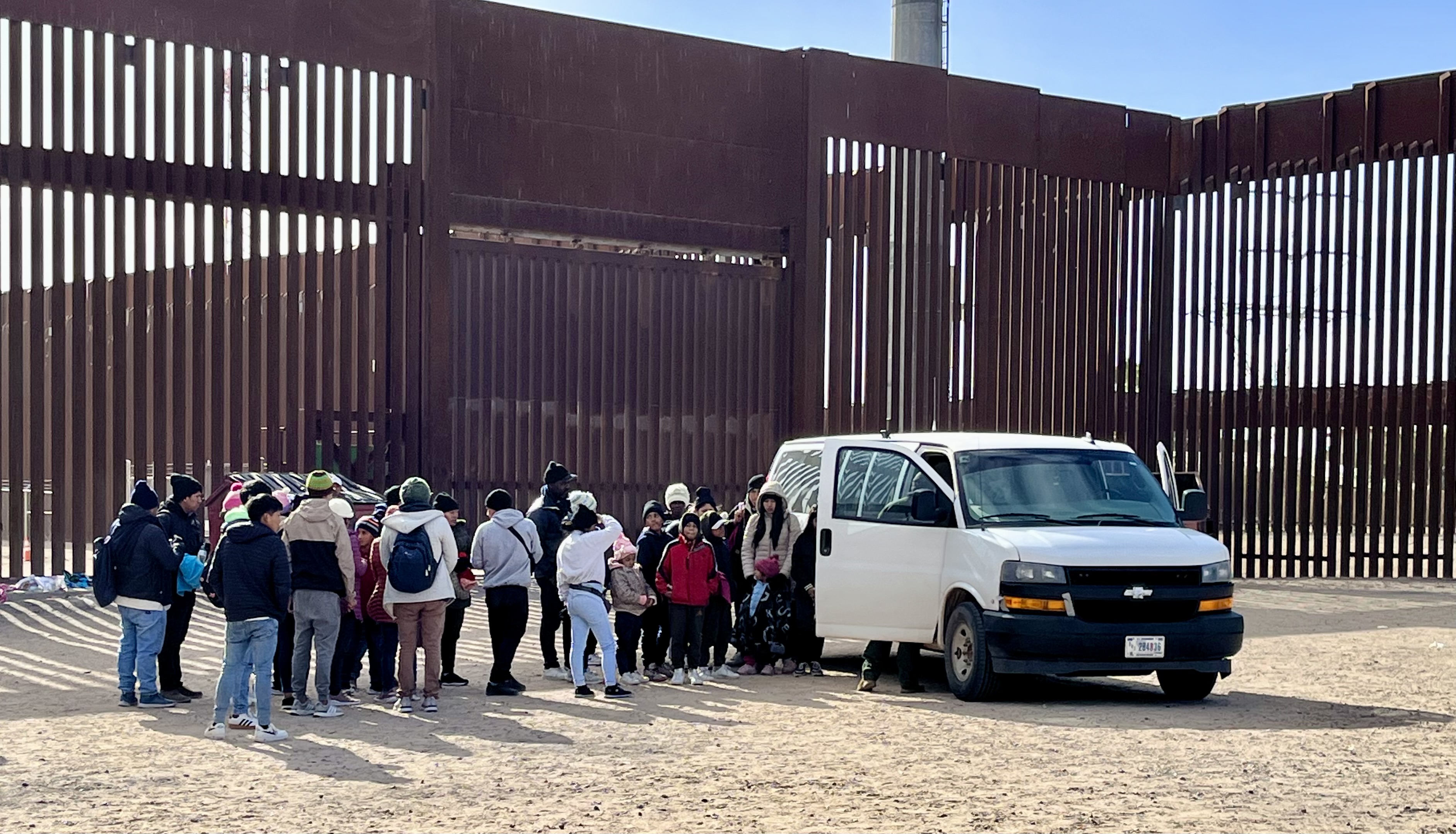 Recently, a handful of CCNS volunteers spent time in San Luis, Arizona, on the US/Mexico border. With proper ID, one can walk or drive legally across the border via the Port of Entry from 6:00am until midnight. Not so for the asylum seekers who arrive here from all over the world, fleeing war, violence, poverty, and/or persecution in their home countries. Having traveled untold miles with their untold stories, they cross illegally, a short distance away, and wait.
Recently, a handful of CCNS volunteers spent time in San Luis, Arizona, on the US/Mexico border. With proper ID, one can walk or drive legally across the border via the Port of Entry from 6:00am until midnight. Not so for the asylum seekers who arrive here from all over the world, fleeing war, violence, poverty, and/or persecution in their home countries. Having traveled untold miles with their untold stories, they cross illegally, a short distance away, and wait.
On US soil now, though still separated by the towering, slatted border wall from the visible, lush produce fields of Yuma County, they sit on the gravel, patiently awaiting the US border patrol to arrive and pick them up. As Fernando Quiroz, the indefatigable founder of the AZ-CA Humanitarian Coalition, explained, “These are not individuals who are evading, hiding, or trying to sneak across the border; they are here to turn themselves in and request asylum.”
 We spent several days with Fernando at the border. He and his volunteers have been coming here daily for the last year and a half to offer a little humanity and dignity to the travelers before the authorities arrive. Having successfully lobbied for portable toilets and a shade structure, they often give out water, sandwiches or fruit, and clean up trash. Fernando explains to the arrivals what they will be allowed to take with them (only what fits in a gallon zip lock bag) and what will happen next—up to 72 hours of detention before, if eligible, being processed into the system.
We spent several days with Fernando at the border. He and his volunteers have been coming here daily for the last year and a half to offer a little humanity and dignity to the travelers before the authorities arrive. Having successfully lobbied for portable toilets and a shade structure, they often give out water, sandwiches or fruit, and clean up trash. Fernando explains to the arrivals what they will be allowed to take with them (only what fits in a gallon zip lock bag) and what will happen next—up to 72 hours of detention before, if eligible, being processed into the system.
We drove close behind Fernando to the border, with packets of snacks and bottled water that we had put together, along with socks and warm hats, to hand to the arriving individuals and families as they crossed a small bridge over the Colorado River canal and took their first, relieved steps on American soil.
Over the course of just a few days, we met people from Venezuela, Guatemala, Cameroon, Haiti, Cuba, Colombia, Ecuador, and China, and witnessed their relief, gratitude, desperation, frustration, exhaustion, anxiety, and hope. Of the several hundred thousand individuals who will likely request asylum in the US this year, thousands cross here, though their numbers have decreased lately. Their requests will be added to the more than one million backlogged asylum cases already pending.
We asked one young mother with her son where they had come from. She google-translated that she had made the journey because her Colombian husband was threatening to take her life. As domestic abuse is generally not grounds for asylum, Fernando later explained to us that, sadly, she would quite possibly be flown home the next day. Clearly, there is no easy answer to this mountain of suffering and need.
ASSISTING MIGRANTS IN OAXACA, MEXICO

